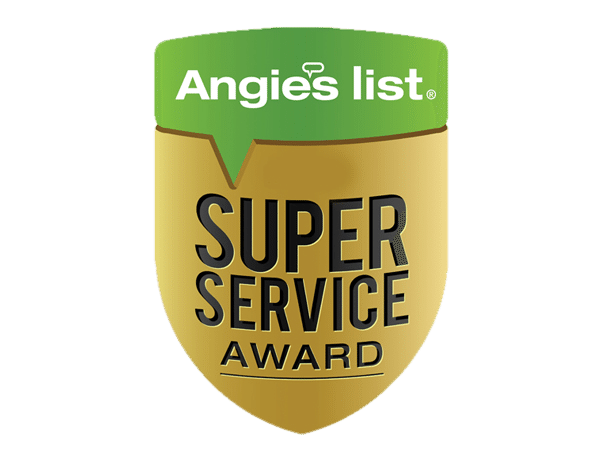 Furnace pilot lights used to be the norm, but they’ve been replaced in recent years by electronic ignitors. If you have an older furnace with a pilot light, it’s equipped with a built-in safety mechanism called a thermocouple. When everything’s working properly, the thermocouple senses when the pilot goes out and shuts a small valve so gas stops flowing.
Furnace pilot lights used to be the norm, but they’ve been replaced in recent years by electronic ignitors. If you have an older furnace with a pilot light, it’s equipped with a built-in safety mechanism called a thermocouple. When everything’s working properly, the thermocouple senses when the pilot goes out and shuts a small valve so gas stops flowing.
Pilot Light Safety Basics
Here’s how to ensure that your pilot light stays working safely and reliably, so you avoid a fire or explosion and limit your risk of exposure to hazardous gas fumes or carbon monoxide (CO):
- Learn where the pilot opening is located, and where the lighting instructions are found. Often, they’re posted on the furnace near the pilot opening. Alternately, they’re likely included in your owner’s manual.
- If you smell gas in your home during heating season, check whether the furnace pilot light is burning. If it’s still lit, shut the valve on the main gas line and call your supplier to have them investigate where the gas odor is coming from.
- If you discover that the pilot light has gone out, turn off the gas valve, wait for five minutes to allow any built-up gas to disperse, then follow the manufacturer’s directions for relighting it.
- Generally, to relight a pilot you should first make sure that the gas valve knob is set on “pilot,” then press the red “reset” button. This opens the thermocouple and starts the flow of gas to the pilot. Next, light the pilot and keep the button depressed for 30 seconds longer until the thermocouple heats up. Then, release the button and put the valve knob in the “on” position.
- If the pilot light goes out after you relight it, repeat the lighting procedure and try again. If it goes out a second time, there’s likely a problem with the thermocouple, so don’t attempt to light it a third time. Instead, close the gas valve again and call your HVAC contractor for help.
For more pilot light safety tips for the older furnace in your Dayton home, contact us at Ace Hardware Home Services.
Our goal is to help educate our customers in Dayton, Ohio about energy and home comfort issues (specific to HVAC systems).
Credit/Copyright Attribution: “Clker-Free-Vector-Images/Pixabay”






